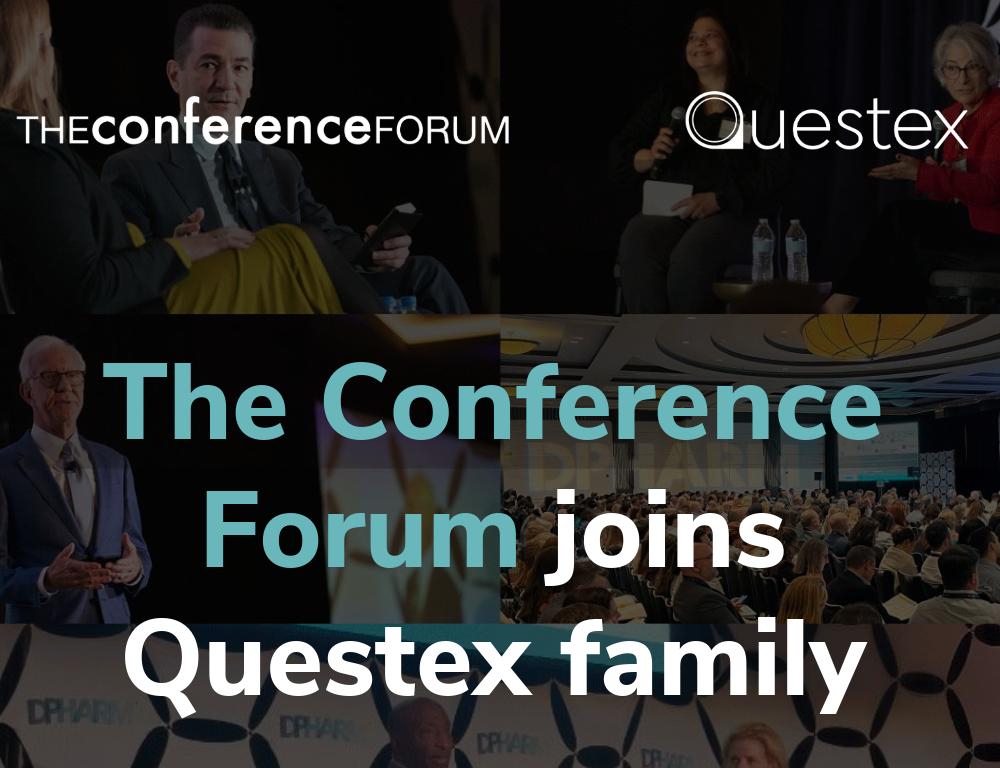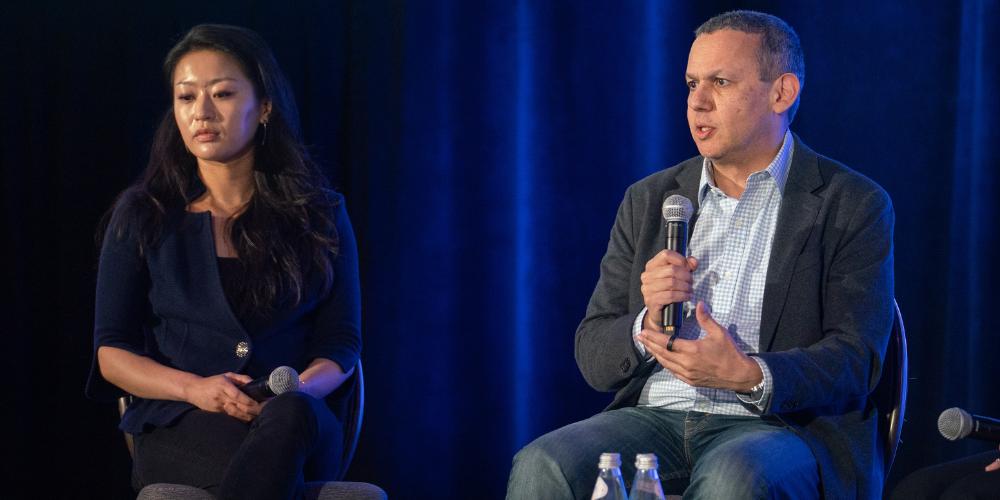Commercializing Therapies Requires Patient-Centricity and Advocacy
To achieve good drug development and patient access, Biotech CMOs need to partner with and advocate for patients. Holly Schachner, MD, CMO, Deerfield Management, discusses how to work with patients from discovery through to commercialization, analyze the evolving therapeutic landscape and build a medical team to bring meaningful therapies forward.

How can CMOs support and partner with their commercialization teams?
Everybody’s role within a biotech or pharma company is to get therapy to patients. Along the way, everyone who has a role in developing therapies for patients and getting those therapies to patients needs to partner together. The CMO and commercialization colleagues need to work hand-in-hand and think about what roles these therapies will have in the treatment landscape.
It makes absolutely no sense to get therapies that are not needed to patients. It also makes no sense to have therapies present themselves to healthcare providers in a way that doesn’t work within the healthcare landscape. From the beginning of research through to patient access, CMOs and commercial partners need to work together.
What does that timeline to commercialization look like?
Getting the right therapies to the right patients takes a long time. It can take upwards of 15-20 years to go from very early drug discovery to getting the drug into the hands of prescribers and patients. Historically, it has taken about 7-10 years from first-in-human studies to prescribers and patients.
It is really important for everybody in the process to have an eye on the future. Where is the puck going to go so that when a drug actually gets approved by health authorities it fits well within the therapeutic landscape and will be utilized? It’s unfortunate but there are therapies that people spend money, resources and patients’ time and hope to develop that do not ultimately fit within the landscape by the time they are approved and are therefore not utilized. You need to get ahead of this within your research.
What can CMOs do in the clinical design and development stage to set themselves up for success?
Achieving good drug development and ultimately good access for patients entails thinking about your patient as your North Star. “Patient-centricity” is a term that is tossed around a lot but to me this entails asking which patients need this therapy the most and how we can get this therapy to patients correctly. We can’t design studies without including input from patients or patient advocacy groups or the groups within regulatory authorities that work with patients.
It is important for us to listen to patients about where programs have failed in the past and where they have been successful and what they are excited about and how we should test our therapies. The goal is to get the right therapy to the right patient at the right time. You need to determine where in the drug treatment plan and for which patient population and define where we will have the greatest benefit-risk.
"The goal is to get the right therapy to the right patient at the right time."
How can CMOs practically apply patient-centricity?
Some people design studies to be “regulatory-centric.” They determine endpoints based on what regulatory agencies put out, but they don’t necessarily make clinical sense. Our job as CMOs is to challenge those endpoints and ask questions to regulators to understand the logic behind the required endpoints. Sometimes, they are from old advice that has not been adapted based on newer science. Sometimes they may not have adapted endpoints based on newer discoveries within a disease state.
Also, as our use of real world evidence and databases have improved, regulatory agencies have become more open-minded and understanding about how we can utilize real world evidence and good data science that isn't always about a double-blind, randomized, placebo controlled study. It's hard to argue with the scientific validity of a double-blind randomized, placebo controlled study, but as we know, there are certain disease states where it may not be ethical to have a placebo arm. There are certain disease states where a patient-reported outcome as an endpoint is so much more meaningful than a hard clinical endpoint that can be readily measured. That's where patient-centric clinical trial design comes into place. It’s about having that conversation with your clinical development team and your commercial team and regulators and patient advocacy about whether these endpoints make sense and how we can speed up the process of getting this therapy to patients in a safe way.
What are some common mistakes that Chief Medical Officers make as it relates to commercialization and patient access?
When we go through clinical development, we are asking patients to partake in clinical trials, and we want to design the best studies possible. If we do this without fully appreciating how long drug development takes and how the therapeutic landscape may shift, we may end up designing studies that are not able to show benefit of the therapy or benefit to patients and we may end up getting regulatory approval for drugs that may struggle within a new therapeutic landscape. For example, some studies may not take into account the efficacy of new standard-of-care (SOC) therapies that come to market, and if you are designing a trial against SOC, the study may not be appropriately statistically powered.
We need to work more closely with preclinical research teams. There is a lot of data that CMOs can gather and interpret from preclinical work – for example, questions about dosing, dose frequency, loading and maintenance. Also, as patient advocates within our companies, CMOs should be asking questions and challenging the commercialization and market access teams about pricing, the patient population, and so on. By partnering with patients and advocating for them on both sides of the development timelines we can achieve our goal of patient access.
"Some people design studies to be “regulatory-centric.” They determine endpoints based on what regulatory agencies put out, but they don’t necessarily make clinical sense."
How can CMOs effectively predict the evolving therapeutic landscape?
It involves cultivating an in-depth understanding of all drugs currently in development and their associated efficacy and safety data. As a CMO, you also rely on scientific and therapeutic experts in the field and the collective experience of your team about what your drug will look like when it ultimately comes to market.
CMOs are typically very comfortable making go/no-go decisions based upon the data we have. Based on where you see things going, do you have the conviction to move forward with your therapeutic asset? What needs to happen for your drug to be utilized in the current treatment algorithm? If it was you or your loved one, would this be the drug you want them to take? If you don’t have that conviction, you probably should not be moving forward with that drug.
How is your role as CMO of Deerfield different from other CMO roles?
A lot of people ask me why a healthcare investment firm needs a CMO. Deerfield invests in public and private markets, all focused on healthcare. We also have a team that does drug discovery and development that is called 3DC. A lot of my work is focused there, bringing a clinical perspective to our portfolio of mostly preclinical assets and working with academic partners and drug hunters. When we do bring an asset forward to the clinic, I manage that as CMO. I also lean into some of our portfolio companies and provide additional guidance.
"The biggest mistake we can make is to not pay attention to our failures and the failures of others."
Is there a best way to build a medical team?
If you had asked me this question 10-15 years ago, I would have said that you need to hire full-time the best people who have this past experience in big pharma. Today I would say that drug development is a team sport. Everybody needs to recognize they’re on the same team and they need to recognize the goal of getting a therapy to patients. We all need to be rowing the boat in the same direction. We need to recognize that our different experiences make us stronger as a team. People who bring insights from startups or from biotechs or large pharma, whether they have been successful or failed, bring value.
I don’t necessarily care if you are hiring a consultant, a fractional person or a full-time person. Every company has budgetary constraints. People in drug development are expensive. But you don’t have to hire someone full time in order to have the commitment and level of experience you need. There are a lot of committed folks who are fractional. That means that they are part of the company, but not full time. You need to get that experience and commitment.
Anything else?
Failures are important. What we do in drug discovery and development is really hard and 80-90% of the time, we are going to fail. Most of us grew up needing to be the top of our classes and we are not used to failing. The biggest mistake we can make is to not pay attention to our failures and the failures of others. Nobody sets out in drug development to fail. We all set out with the conviction to do well and bring good therapies to patients. When something fails, it’s because something went sideways and it behooves us to learn and pay attention to our failures to break that cycle.
Speakers







